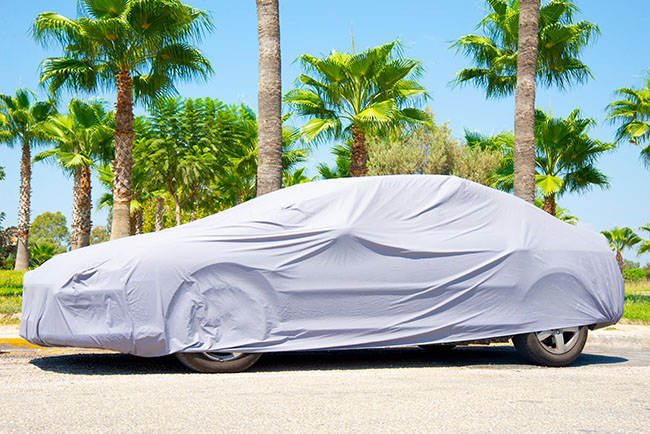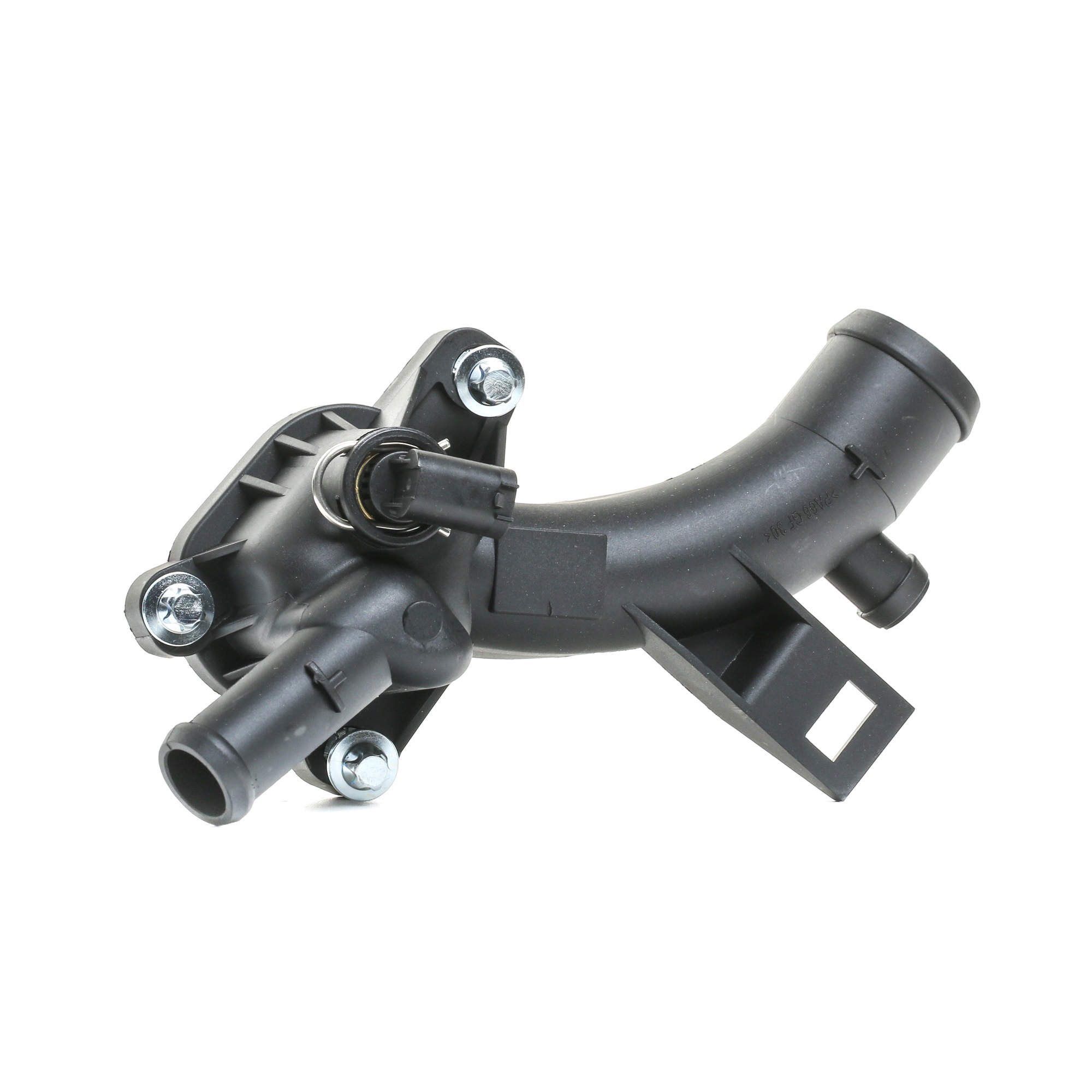Table of Contents
How to prepare the car for hot season
Influence of high temperature and direct sunrays is dangerous for many car systems and parts. Uneven fading of paint coating, cracking of plastic parts, overheating of engine and brakes breakdown – these are not all problems which can be caused by heat. That is why the car requires extra protection in summer. We are telling how to assure it and sorting out peculiarities of car use in hot days.
What should be done before summer season
- Check the cooling system. In the heat, it operates under excessive load, as high environmental temperature causes very negative effect on heat-exchanging processes. It is very important that all elements are working faultlessly: the pump, the thermostat, the sensors and the fan. Otherwise, the engine can overheat. Coolant level should be checked for this very reason as well and it should be refilled up to the needed level. Hoses, pipes and joints also should be diagnosed: their malfunction is fraught with coolant leakage. Insufficient level of this fluid worsens the whole system efficiency.
- Clean the radiator. Its efficiency is proportional to an air-blown area. That is why radiator cells should be cleaned from dust, wool and insects. This requires demounting of the unit and washing it with pressurized water. These procedures should be entrusted to professionals.
- Perform air-conditioner diagnostics. Well-being and attention of the driver depend on the temperature inside of the cabin, which directly influences road safety. Diagnostics of the system can be performed on our own by simply estimating air-cooling efficiency. If faults or unpleasant smell in the cabin are noticed during air-conditioner operation, you need to apply to professionals for fault location and removal.
- Make sure that the braking fluid is usable. The latter is a water-absorbing fluid. Its boiling temperature decreases if it contains too much water. It is especially dangerous in conditions of high temperature, as it leads to loss of brakes efficiency.
- Mount summer tyres. If your car is equipped with winter tyres, you must replace them with summer ones. Winter tyres get extremely soft at contact with hot asphalt and wear too fast. Due to peculiarities of the tread pattern, which is characterized by large quantity of grooves and sipes, its road grip characteristics are worse than those of summer tyres. Moreover, insufficient stiffness of the shoulder area leads to vehicle handling worsening.
- Replace the air and cabin filters. Concentration of dust in the air increases in heat. Clogged filtering elements can fail to clean it. It is fraught with engine power loss and increase of fuel consumption. As for the persons in the cabin – appearance of unpleasant smell, windows sweating, growth of pathogenic bacteria.
- Tint windows. Influence of direct sunlight is dangerous for interior parts: plastic elements become crack-sensitive, rubber – lose elasticity, leather dries, paint fades out, adhesive-bonded joints detach. A tinting film can solve this: it blocks up to 99% of UV rays. Moreover, it is able to reflect up to 63% of sun radiance, which prevents overheating of the cabin. But choosing a film you need to consider its light transmission. The latter should comply with standards and allowances, described in legislation of the exact country.
- Buy special accessories. A special light-reflective screen with suction cups will protect the dashboard from sun during parking. A car body cover will help to prevent from damaging of its exterior elements.

9 tips from AUTODOC on car use in summer
- Always try to park in the shade. If you plan long-term parking, take into account that the shade moves with the sun. If there is no such possibility, open windows on both sides: air circulation will reduce temperature inside significantly. Turn the steering wheel so that its upper part is below. As a result, you will be holding cold part during driving.
- If the car was under the sun for long, open the doors before starting driving in order to ventilate the cabin. Then turn on the air-conditioner, gradually increasing its power. After the temperature is reduced, you can set the AC on minimum and start driving.
- Use sun visors. They not only prevent dashboard heating, but also protect driver’s eyes from blinding light, which increases driving safety.
- Remove soiling in time. Especially this concerns bird droppings: it contains organic acids destroying the paint-and-lacquer coating. Herewith, chemical reactions proceed faster under the influence of high temperature.
- Use special products for car care. For instance, lotion for upholstery leather will make it softer, protect from drying and cracking. Body wax with UV-filters will prevent damaging of the paint-and-lacquer coating.
- Remove any carbonated beverages, spray cans, lighters and batteries from the luggage compartment. They become explosion capable at excessive heating.
- Turn the heater and fan to the max in extreme situation. This will allow to instantly cool down the engine even if in-cabin temperature rises. Such method can be used, for instance, to leave a traffic jam or drive to the roadside in case of overheating.
- Neven leave children or pets in the car. Even for a few minutes. This is very dangerous.
- Have a water supply at hand. Frequent drinking will help to avoid heat stroke and stay focused, which is very important on the road.

Conclusion
It is important to perform regular diagnostics, replace expendable materials, remove small defects in order to make all car systems operate faultlessly, regardless to environmental temperature. Various accessories and following simple rules will help to protect the vehicle from overheating and influence of direct sunrays. Follow our advice. They will help you to always feel comfortable and safe in your car.















